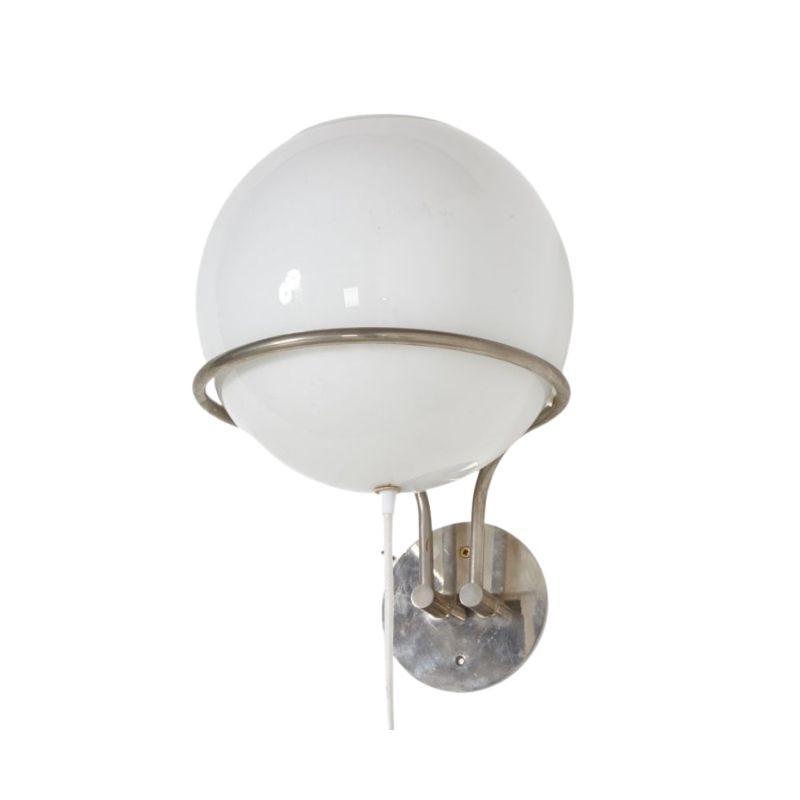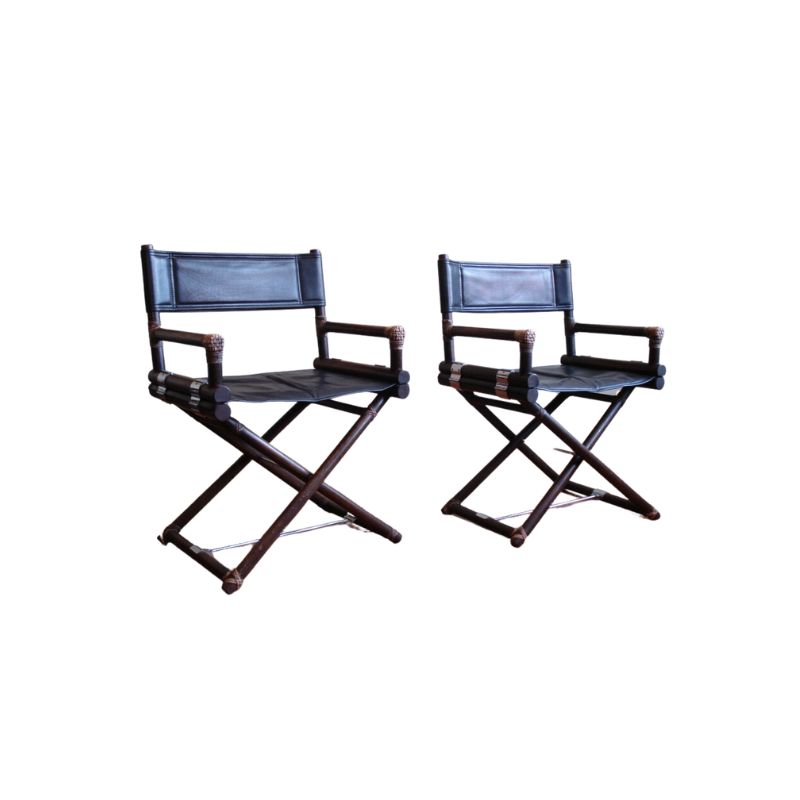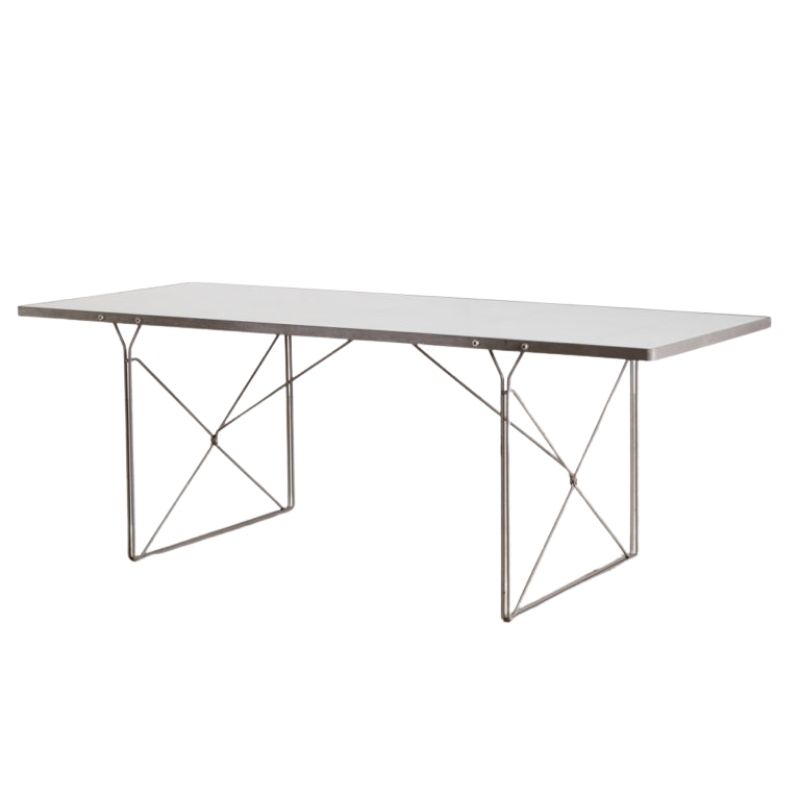I'm trying to replace the cane back of a Danish lounge chair. I believe it uses a pre-woven sheet, which is simple enough. The difficulty is in removing the existing cane - it's wedged into a groove with a thin strip of wood that I can't manage to remove. Does anyone have experience removing these? Thanks in advance for any enlightenment or ideas!Regards,Michael

Perhaps a japanese style hand saw with a really thin kerf could be used to cut one side free and then you could pry it from the other side.
But I think the odds are high you will need to destroy the strip to extract it. Of course it is just oak, so it wouldn't be expensive to make a new strip...l
Injecting steam or hot water to soften the glue is the preferred method. The splines are typically rattan and meant to be sacrificial and replaced with new. A pro would have specialized tools and skills and would have it all out in 20 minutes. Agree with Leif that yours will likely require new splines to be made if you want to stick with wood.
Do a search for "how to remove caning spline" for more than you ever wanted to know.
The spline is not meant to be salvaged, as tktoo said. It gets replaced along with the cane.
Get a spline chisel to remove it. They come in a couple of widths; get one that is a hair narrower than the spline groove in the chair. Do not use a screwdriver or regular wood chisel! You can damage the edges of the spline groove in the chair too easily with these.
Hopefully the original was glued in with spline glue, which softens easily when wet. Sometimes the spline will pop out easily even without wetting it first. Other times it takes a LOT of patience and time to get it out. I recently did one with orginal glue that wasn't very soluble at all and it took forfreakingEVER.
When you redo it, get the right kind of glue meant for splines! Cane supply places carry it. It's sticky, messy stuff but will be easy to undo for the next person.
Sorry, I was in a hurry when I posted my suggestions above---totally missed the part about it being an oak spline! But the spline chisel still might help in getting it out intact if you also use steam or water to soften the glue. The chisel is narrow and is curved on the end so you can get under the spline and kind of lift it out.
Regular reed spline is the type you don't need to try to save.
(It bugs me when furniture makers/designers do details like this that make it much harder to redo parts later that are known to not last forever.)
I always try to look at these kinds of queries from the perspective of what I would do if it were me faced with the task.
In this case, I'd start out trying to save the oak splines by wetting them thoroughly with hot water with maybe a little alcohol added, waiting a bit, and then working a thin-edged tool like an artist's palette knife down into and along the sides of the groove to loosen and free them. Using an electric hair dryer to keep everything warm and adding more hot water solution as progress is made, I think, should work. It's tedious, finicky, and patient work, for sure, but I suspect this approach might actually go faster than one might imagine. Allowing enough time for the water and heat to adequately soften the glue is important. Of course, smoothing and re-oiling the surounding areas afterward (and before re-caning) would be necessary, too.
I only add all this because over the past year I've collaborated on an on-going project requiring me to produce a couple hundred linear feet of accurately-sized (and ultimately finished) 1/4" X 1/4" hardwood strips, and I can advise with some authority that this was not nearly as straightforward a task as I had first imagined. If I had to, I could certainly make new oak splines with a radiused bead on one side like those pictured in the OP, but I'd avoid it if at all possible.
There is an Xacto blade that might be helpful--the #18. It is less likely to break than a thin conventional blade because you can just tap it straight into the groove next to the spline. Less of the kind of force that will break it. I need to get a bunch of these myself--i eventally chipped the one I had.
If you need any help, please contact us at – info@designaddict.com









